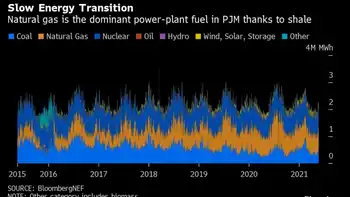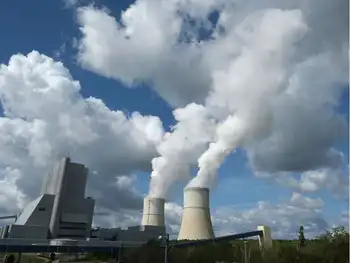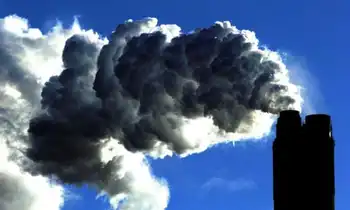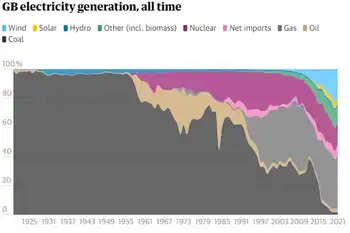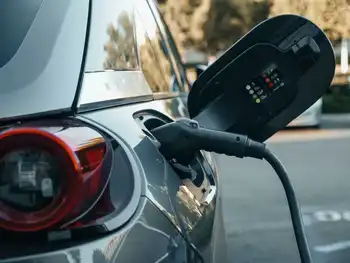FPL unveils plans for a solar plant
By St. Petersburg Times
CSA Z462 Arc Flash Training - Electrical Safety Essentials
Our customized live online or in‑person group training can be delivered to your staff at your location.

- Live Online
- 6 hours Instructor-led
- Group Training Available
The 300-megawatt facility is part of a $2.4-billion investment aimed at cutting the carbon dioxide emissions believed to cause global warming. Gov. Charlie Crist joined former President Clinton for the announcement in New York, once again stepping outside his Republican allegiances in the name of reversing climate change.
"Producing solar energy in the Sunshine State just makes sense," Crist told the crowd at at the Clinton Global Initiative, which draws world leaders, celebrities and scholars for three days of panel discussions and smaller working sessions on global issues and asks them to take concrete steps on those causes.
Crist thanked FPL and Clinton, one of the best-known Democrats in the nation, "for making the world better and helping my state. God bless you."
"This is a huge deal for America and I think potentially a huge deal for people all around the world who want to do this," Clinton said.
The investment includes $1.5-billion for a 300-megawatt solar thermal facility in Florida, and an additional 200 megawatts of solar thermal power tentatively slated for California. It also includes $500-million for a "smart network" that will help its 4.5-million customers better manage their power use, and $400-million over five years for a nationwide education program.
Construction on the Florida power plant is scheduled to begin in 2008, with initial capacity of 10 megawatts. If it meets expectations, it will be followed within three years by the remaining 290 megawatts, said Mayco Villafana, spokesman for Florida Power & Light. The power station should begin producing power in 2011. The location has not been chosen.
The facility will avoid emitting nearly 11-million tons of carbon dioxide over two decades, according to FPL estimates.
Though Florida's largest utility, FPL does not serve the Tampa Bay area market, which is covered by Progress Energy and Tampa Electric.
"The important thing about this is that these are the first full-scale power stations. It's not a demo. It's not a test site," said John O'Donnell, executive vice-president of Ausra, a Palo Alto, Calif., solar developer that produced the technology.
The station will be the largest single solar thermal power station in the world, O'Donnell said.
FPL Group, parent company of the Juno Beach utility, operates a 310-megawatt solar thermal power station in California, but that site was built in nine segments over the course of a decade, he explained.
"This is great news," said a clearly giddy James Fenton, director of the Florida Solar Energy Center.
The facility will be able to produce enough electricity to power more than 184,000 homes, but it remains a fraction of Florida Power & Light's 25,0000-megawatt peak capacity. Crist has set a target for utilities to get 20 percent of their electricity from renewable sources like wind and sun, but the new plant will bring the utility to only about 2.5 percent. Half of the utility's power comes from natural gas, and 20 percent from nuclear.
To put it in perspective, the new station will produce half as much power as Tampa Electric's planned "clean coal" plant, and 27 percent of the power of Progress Energy's planned new nuclear plant.
"We need to start somewhere," Villafana said, pointing out that FPL numbers among the largest producers of solar and wind electricity in the world. "We see this as a commitment to renewables."
"Florida doesn't need one of these," agreed Ausra's O'Donnell. "It needs a lot."
Concerns have been raised about the cost of solar. But carbon dioxide's "hidden costs" must be factored in as well, cautioned Lew Hay, chief executive of FPL.
O'Donnell argues that the cost of climate change would be far higher. Plus, new legislation that could put a price on carbon emissions will force up the cost of carbon-producing fuels like coal. On top of that, solar energy has coal, natural gas and nuclear beat on one crucial front: the fuel is free.





